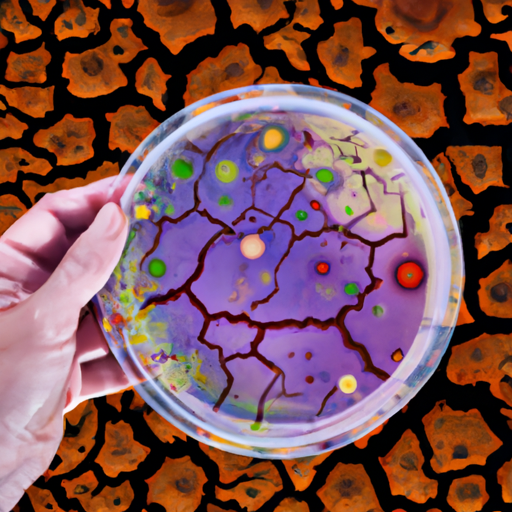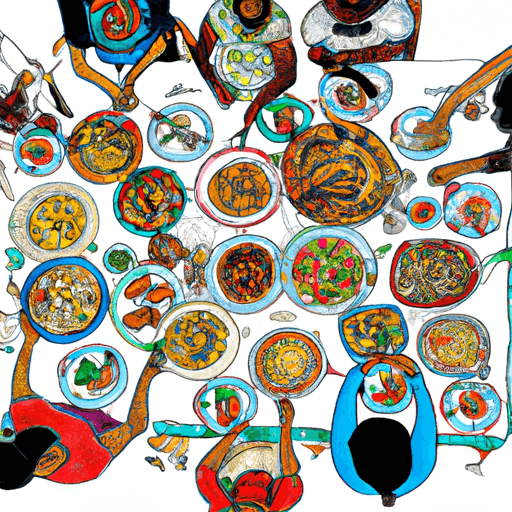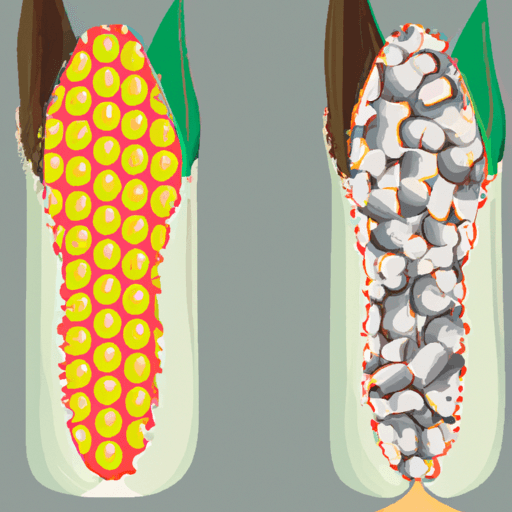Effects of Climate Change on Microbial Biodiversity
Climate change has widespread implications for the planet, impacting various ecosystems, species, and natural processes. However, one significant aspect of this change that's often overlooked is its impact on the microbial biodiversity. Microorganisms like fungi, bacteria, and viruses play a crucial role in maintaining a healthy ecosystem. This article explores how climate change-induced variations in temperature, rainfall, and CO2 levels may affect the structure and function of microbial communities.
Climatic Factors and their Influence on Microbial Ecosystems
Temperature, rainfall, and CO2 levels are significant climate factors that influence microbial communities profoundly. For instance, studies show that temperature changes can affect microbial metabolism, community composition, and interaction patterns. An increase in temperature can speed up microbial metabolism, leading to a faster decomposition of organic matter (Source).
Changes in rainfall patterns also influence microbial biodiversity. For instance, extreme drought could potentially reduce microbial diversity due to the harsh conditions, thereby disrupting nutrient cycling (Source).
Similarly, elevated levels of atmospheric CO2 influence soil microbial communities. Increased levels often stimulate plant growth which subsequently increases the supply of organic matter to soil microbes and alters their community structure (Source).
Potential Implications: Human Health and Agriculture
Microbial biodiversity is inherently connected with human health and agriculture. In terms of health, changes in microbial dynamics can facilitate the emergence and spread of diseases. On the other hand, in agriculture, the health of the soil—and consequently crop productivity—is largely dependent on a diverse and balanced microbial community.
Current Research and Challenges
Understanding the effects of climate change on microbial biodiversity presents several challenges. Current research primarily focuses on studying these effects in a laboratory setting, but translating these findings to predict large-scale field or ecosystem-level responses is often problematic due to the vast complexity and variability of natural systems.
Future Perspectives and Mitigation Strategies
In the face of these challenges, conservation, sustainability, and technological innovations can play critical roles in mitigating the negative impacts of climate change on microbial biodiversity. Conservation strategies to preserve natural habitats and sustainable farming practices can help maintain a balanced microbial ecosystem. Technological innovations in the form of monitoring tools and predictive models can augment our understanding of climate-microbe interactions and allow us to implement appropriate mitigation strategies effectively.


















Comments
Leave a Comment